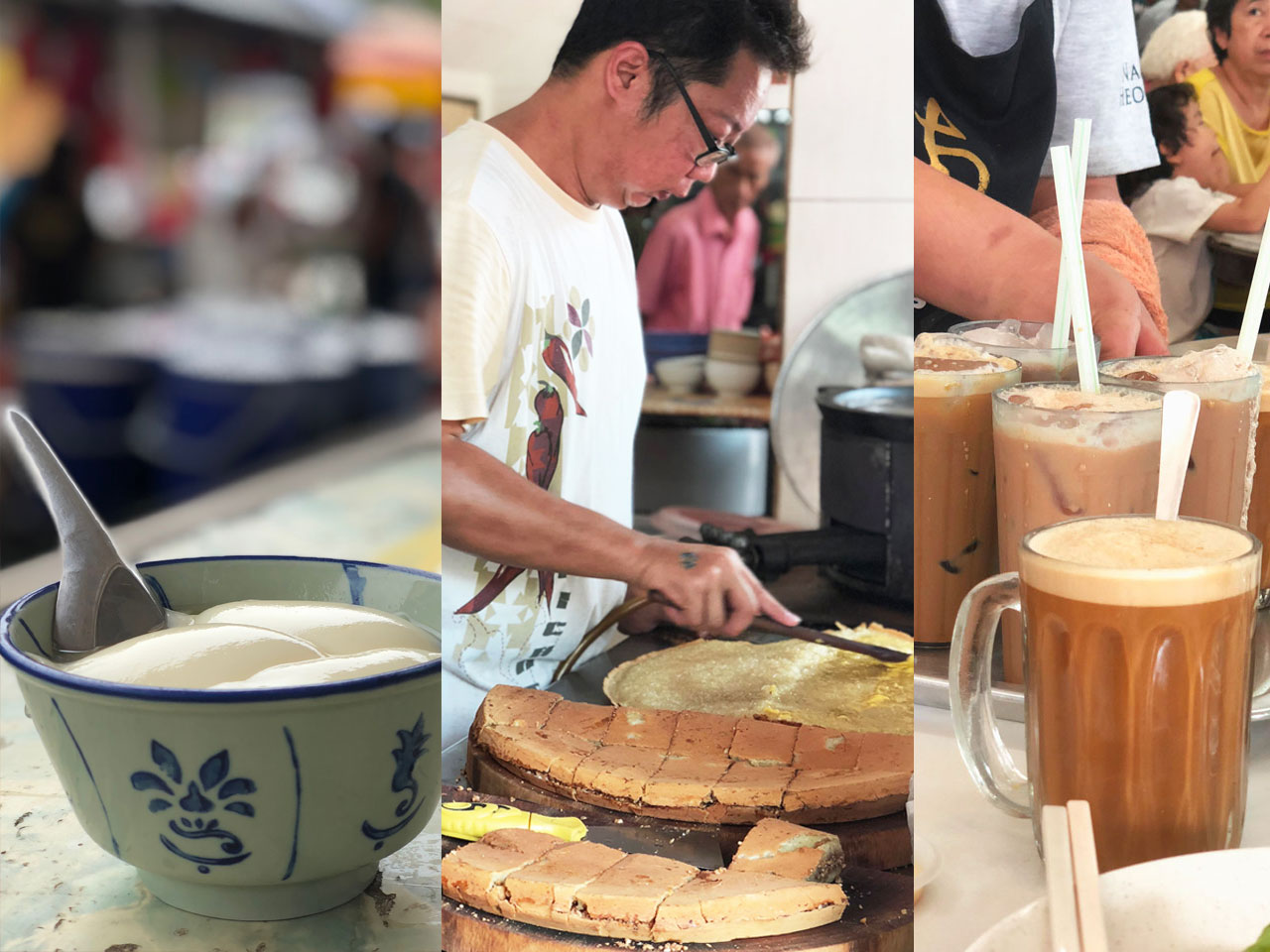Who can blame us though? Not only have we made a national sport out of eating, even the likes of Gordon Ramsay and Marco Pierre White have raved about our food and hawker culture.
And yet, it took just one trip to Ipoh to change my mind.
It all began rather innocently when The Haven, a luxury Eco Resort in Ipoh invited me to spend my Vesak day long-weekend with them.
First, I screamed. Then I said yes.

It’s a busy, crowded place, with chewing, chattering, and clinking cutlery echoing off the high, dusty ceilings and white-tiled walls. Waiters, with trays piled high with food struggle to navigate the never-ending sea of customers streaming in for lunch.
To my right sits a pair of Singaporean-looking men, tucking into plates of char siew pau and cups of frothy brown coffee.
To my left is Ronald (Ron for short), a man in his fifties and who also happens to be the guest relations officer at The Haven. We had gotten chatting in the lobby when I was on my way to Nam Heong, when I discovered that because he did shift work, he can essentially be free at certain times of the day.
Since I was travelling alone, I asked if he would join me for lunch. He readily agreed, and later I understood why.
At Nam Heong, Ron goes wild.
First he orders five small plates of dim sum followed by a plate of char kway teow. Soon after comes a dish of curry prawn mee with shredded chicken. After several minutes, two rolls of popiah join the now-cluttered table.
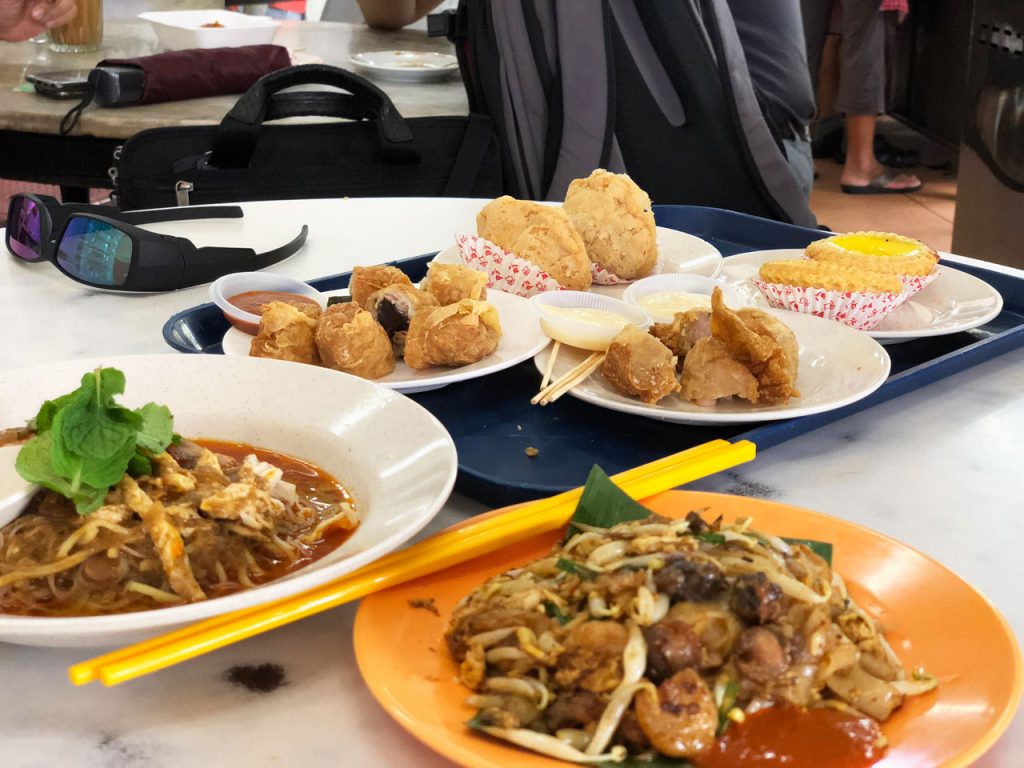
The total cost? SGD $6.65 per person.
Now hawker food in Singapore may be relatively affordable, but even I know $6.65 can’t get you that much.
Did I also mention how great the food was?
It was great. Really great. Really really great.
The yam puffs (SGD $1.50 for two) were better than any I had in Singapore—crispy on the outside, mealy on the inside. The egg tarts (SGD $1.50 for two), with their painstakingly layered tart shell and soft, sweet eggy center, put my usual favourite ones from Swee Choon to shame.
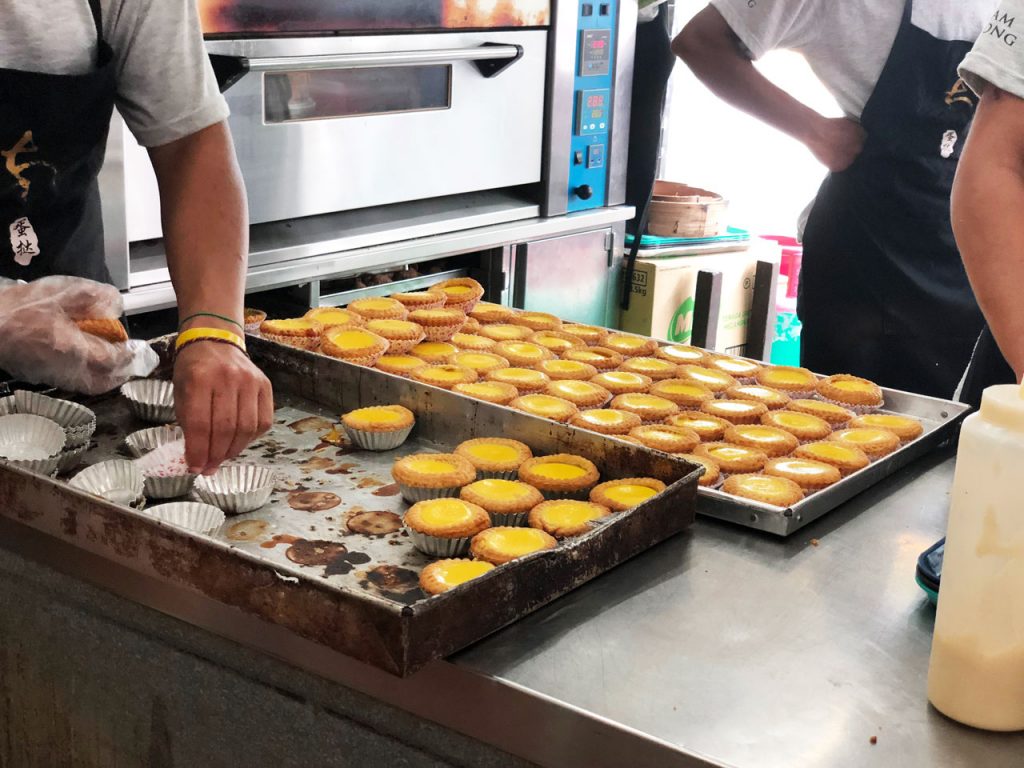
While I remain ambivalent about the prawn mee (SGD $2), I am convinced that Ipoh’s popiah (SGD$1.60 for two)—paper thin skin, juicy filling, crunchy centre (thanks to the addition of lard, deep fried onions and garlic)—is better than anything Singapore has to offer.
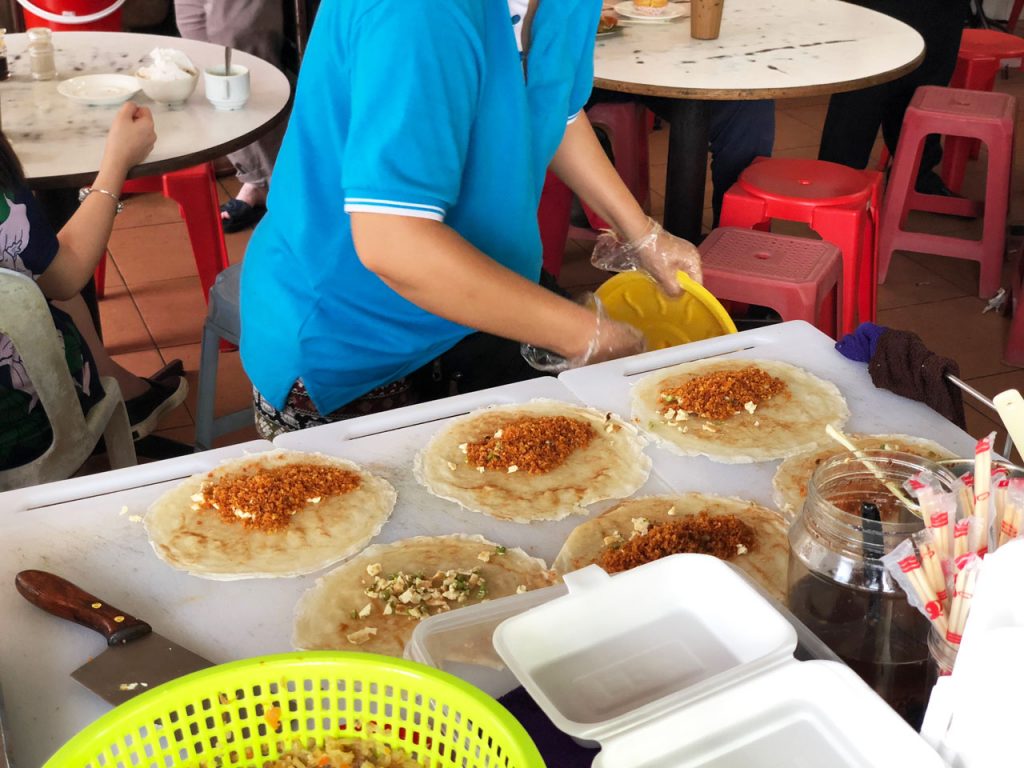
Ipoh’s white coffee is perhaps its most famous export—resulting in the town being named one of the top three coffee towns by Lonely Planet. Dating back to the 19th century, Ipoh’s Arabica coffee beans are roasted with palm oil margarine, laced with condensed milk and “pulled” to achieve a creamy head of froth.
Nearly every coffee shop in Ipoh worth its salt has its own take on white coffee, and Nam Heong is no exception.

Malaysian Food: 1
Singaporean Food: 0
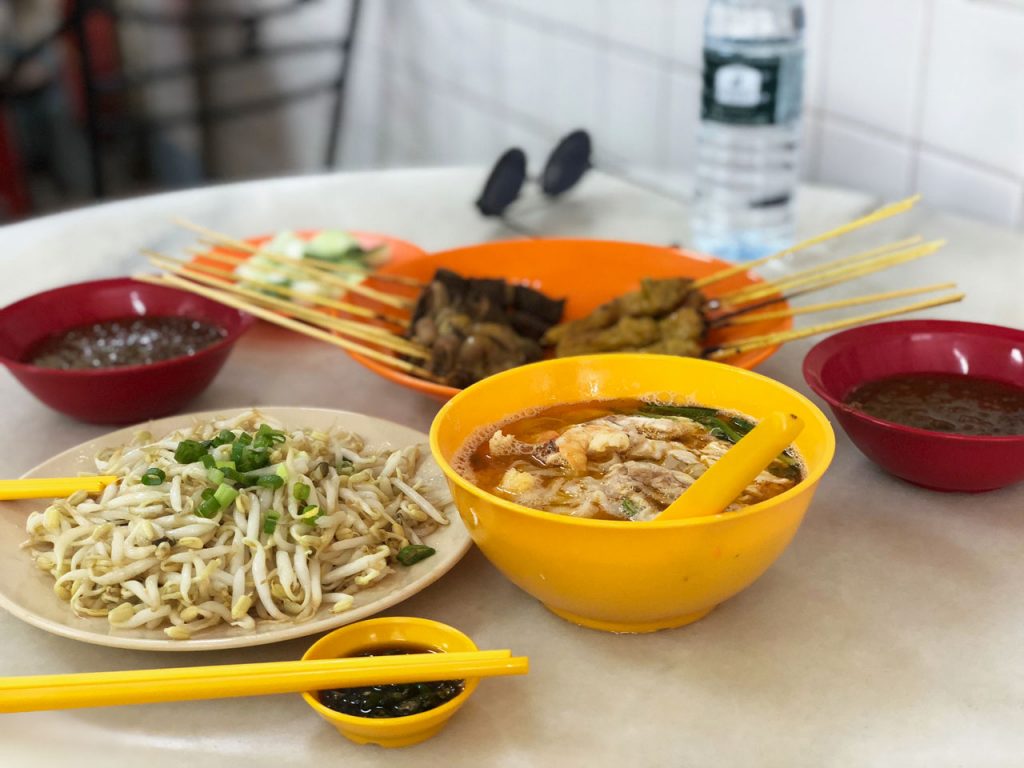
As for Ipoh, it has all the culinary hallmarks of its neighbours, and more—an advantage, research suggests, of being a major land transportation hub within West Malaysia.
It’s for this reason that you can find one of the most eclectic mixes of food within Ipoh’s eating houses.
In one coffee shop for example, you can find Chinese Guilinggao, European Crème caramel (or caramel custard pudding), Indonesian satay, pork innards, and Ipoh Kai See Hor Fun.
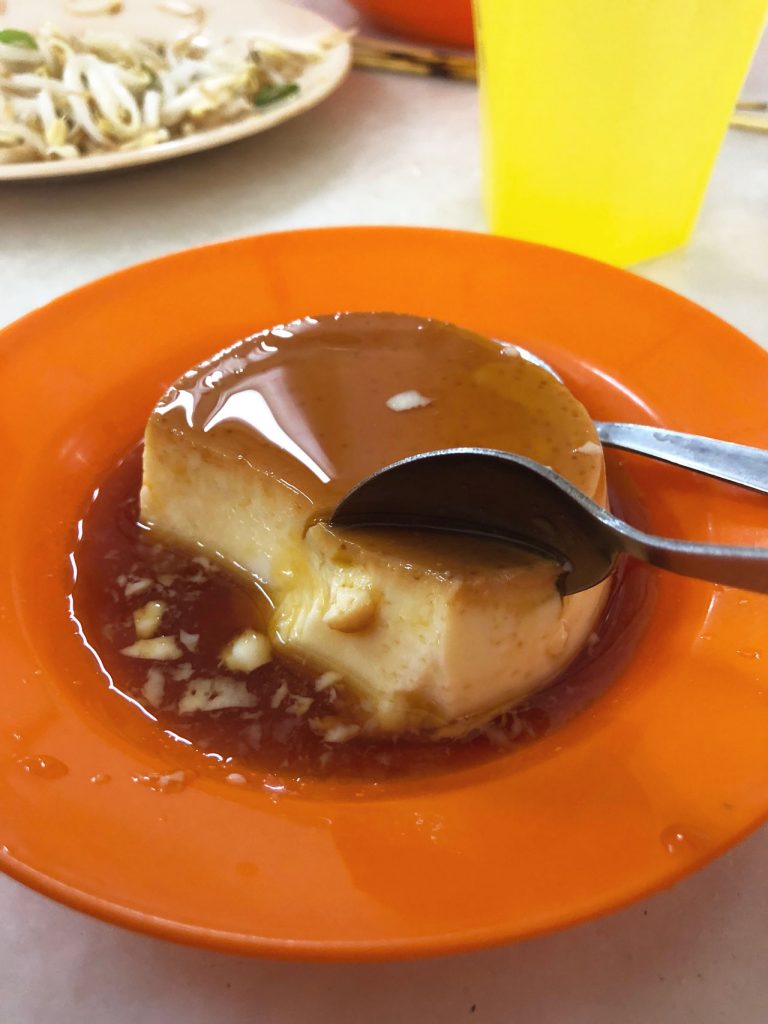
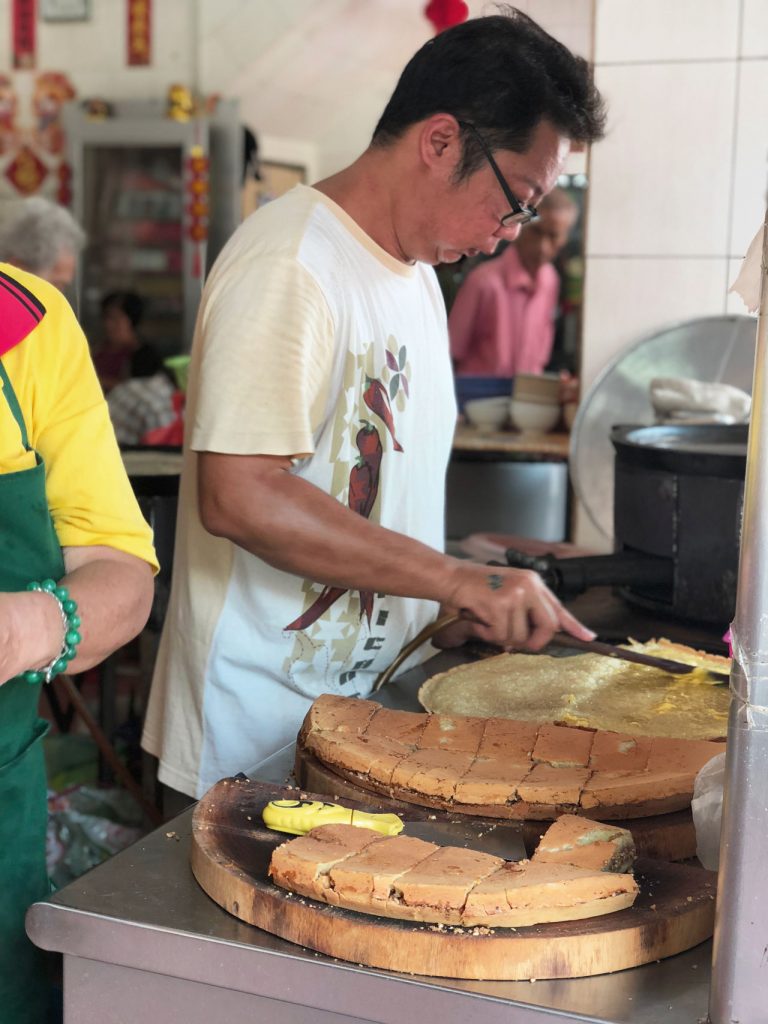

While I’m typically opposed to eating ‘hotel food’ when in a foreign country, I was surprised to find that the food served was even better than what I had the previous day.
After witnessing the table beside me order Fish and Chips (made from perfectly battered and salted fresh grouper fish) and Cheese Spaghetti Carbonara (cooked to al-dente perfection), I was tempted to go Western with my food choices.
Eventually, I opted to go Asian, and the two of us ordered The Haven Chicken Rice, the resort’s specialty, served with regal chicken and crunchy bean sprouts. And as I was still feeling hungry, I ordered the Singapore Laksa, a unique fusion of curry and laksa flavours with thick vermicelli noodles. Ron, following suit, ordered The Haven fried rice, which came with two large, fresh prawns.
I could feel the waistband of my pants slowly begin to tighten, but it was worth it.
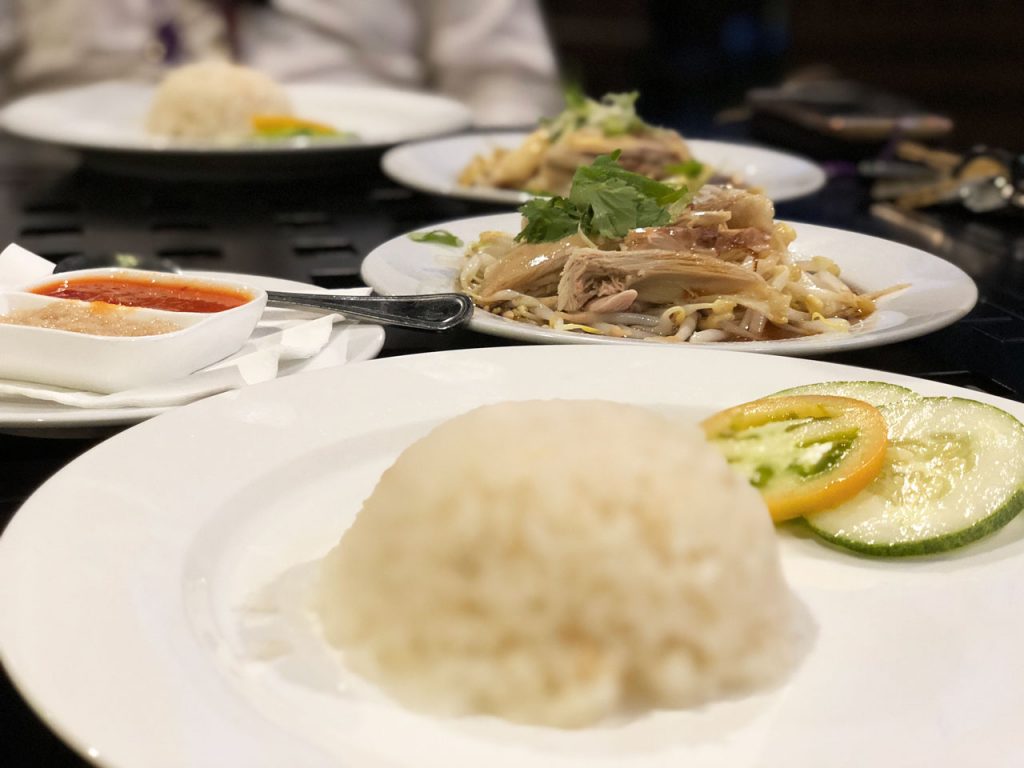

The locals however, tend to attribute their good food to more geological rather than geographical reasons: Mainly Ipoh’s famous limestone landscape.
“It’s the minerals in the water,” says Ah Wong, a worker at the Go Chin Pomelo Nature Park. After our sumptuous lunch, Ron had recommended I come to the 30-year-old farm to taste one of Ipoh’s most famous produce.


This, Ah Wong claims, is what gives the fruit a “natural and richer taste”.
Now this doesn’t mean the pomelos are overwhelmingly or artificially sweet like Singapore’s pomelos tend to be. Rather, they have a fruitier, more fibrous taste, and are significantly juicier.
Taste and minerals aside, I find myself deriving more pleasure from the visually arresting appearance of limestone.
Unless you live along Bukit Batok near Little Guilin, it’s not everyday when you get to fling open your windows and find yourself greeted by a impressive rock formation.
Fortunately, Ipoh has hundreds of such formations. At The Haven alone, three gorgeous (not to mention sizeable) limestone outcrops sit around a natural freshwater lake within its compounds.
And so the morning before I set off for the pomelo farm, I leave my 3-room suite and settle happily by the seahorse-shaped infinity pool with my breakfast—a kaya puff that I’d bought the day before.
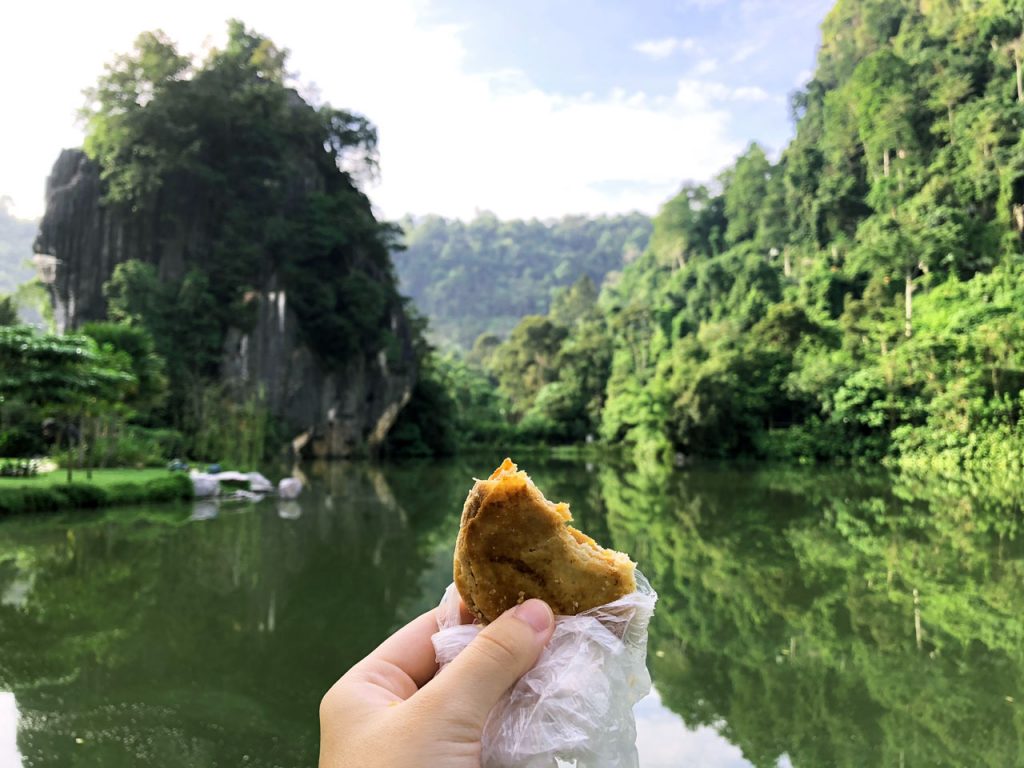
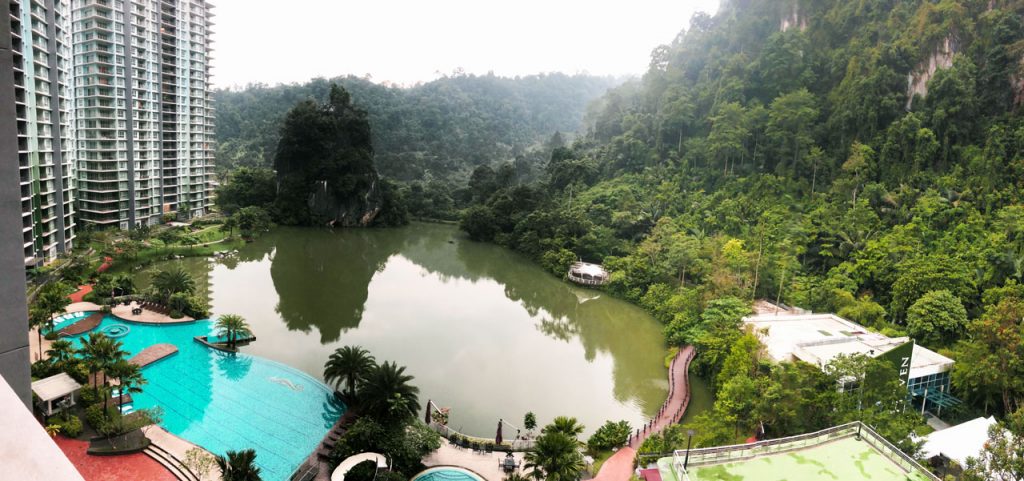
Though our heritage boards may dispute it, this is Singapore’s ethos as most locals have come to know it. It’s a reality aligned with our first-world priorities, urban attitudes, and economic success.
Yet there’s something incredibly one-dimensional and unsettling about a city that’s continually being torn down, rebuilt, and re-painted.
Ipoh, on the other hand, is nothing like this.
Unlike it’s more developed cousins, Ipoh manages to straddle the old and the new.
Despite being branded by the country’s tourism board as the “Hipster capital” of Malaysia, Ipoh has managed to retain its sleepy-town vibes, which is embodied by its aged shop houses, dusty roads, and disorderly traffic.

We drive for 15 minutes before arriving at an unassuming coffee shop. “Get the Rojak. It’s not served at The Haven,” Ron instructs before heading off to find us a seat.
The Rojak stall, when I find it, is small and nondescript, managed by just one young lady. As she prepares an order, I hover quietly behind her, watching as she deftly slices pieces of cucumber, pineapple, green mango, and turnip into chunks before dropping them into a large, brown bowl. Then she adds a dollop of sweet sauce, a dash of chilli, a generous sprinkling of peanuts, and begins to mix.
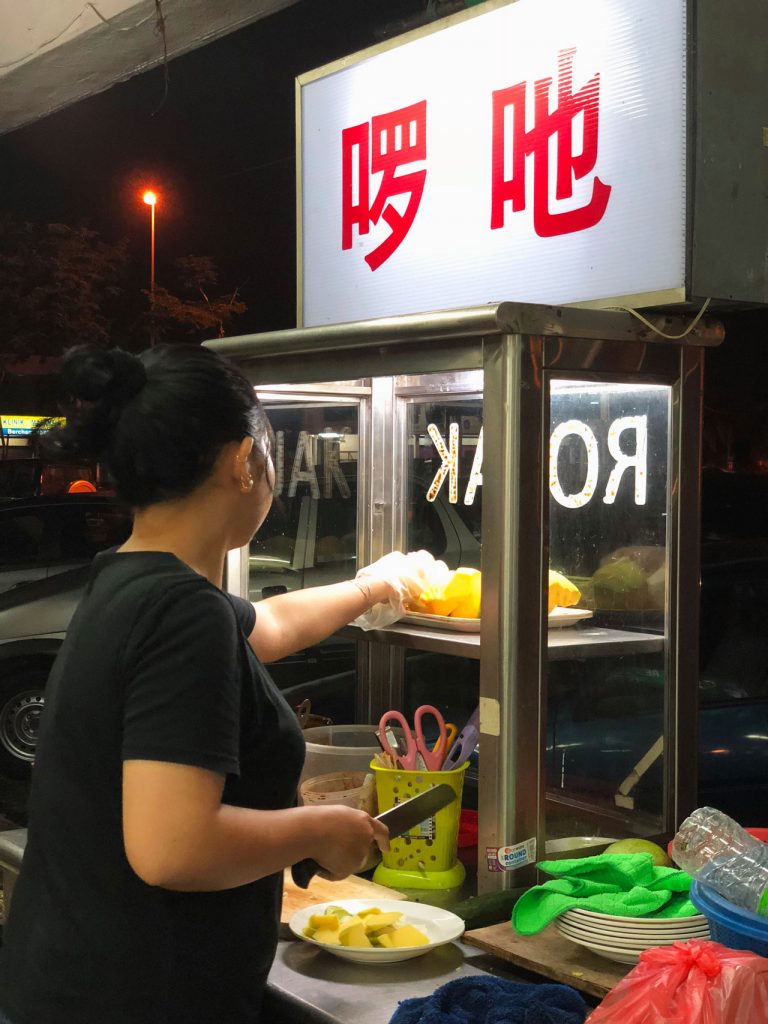

1 minute, 7 ringgit, and a large plate of Rojak later, it’s time to locate Ron.
I find him not in the coffee shop but instead sitting at a table in the middle of a large grass field. Surrounding him are 20 or so other tables of customers (mostly men) drinking, eating, laughing, and talking.
Across the street, a projector—the kind we used to use back in primary school—screens a Cantonese Opera film onto the surface of an empty billboard.
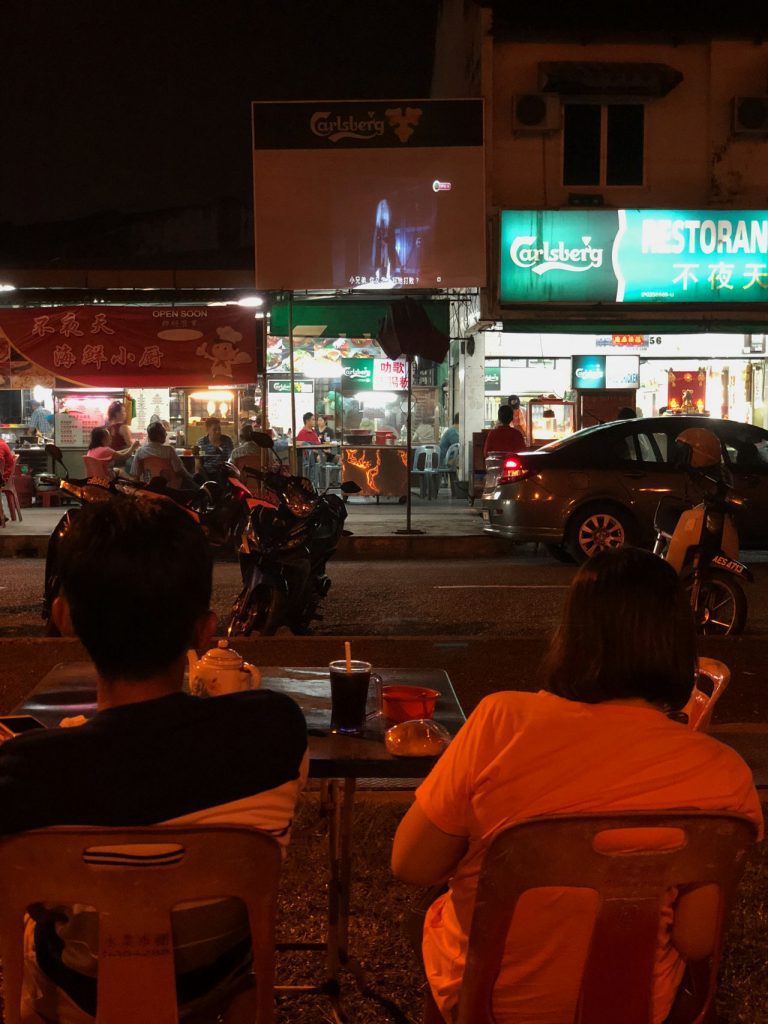
Here in Ipoh, it’s uncles, “frozen” beer, Cantonese Opera and ants up my leg. It’s simple, unpretentious, and authentic—you know, authentic in the the truest sense of the word.
Bathed in the moonlight and glow of the street lamps, surrounded by uncles three times my age, I realise that this is how Rojak is meant to be eaten.
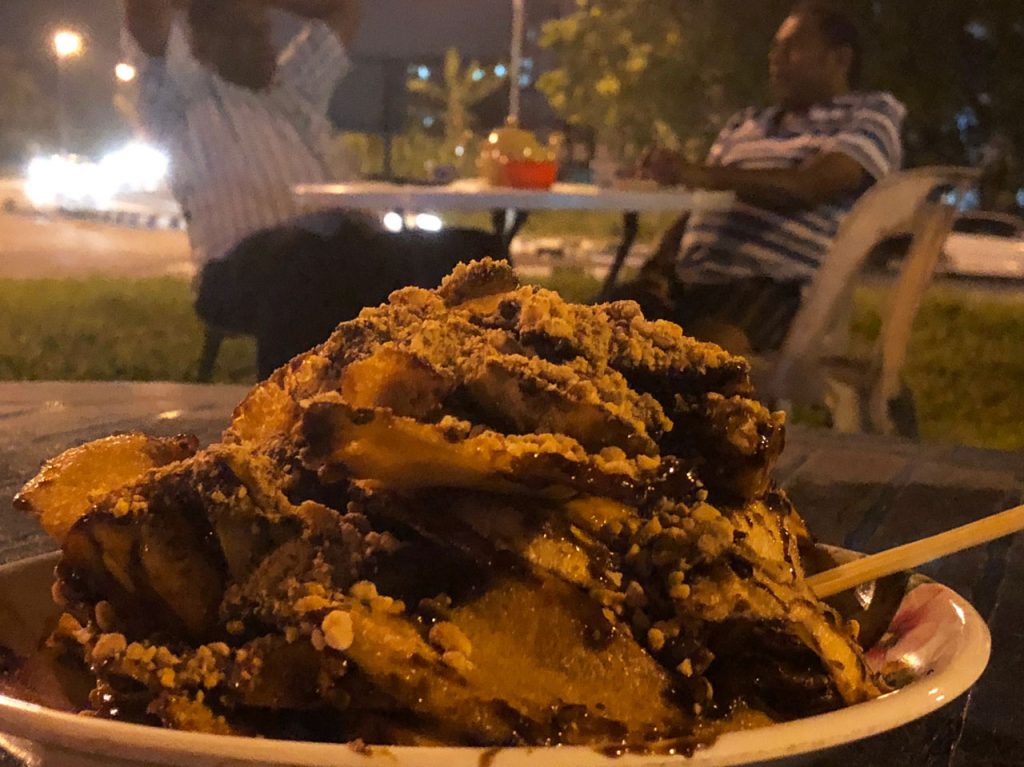
As we pull up alongside the makeshift street cart in the middle of literally nowhere, heavy droplets of rain begin falling from the sky. Unfazed, Ron leaps out and orders two bowls of chendol “with everything and with extra gula melaka [palm sugar syrup].”
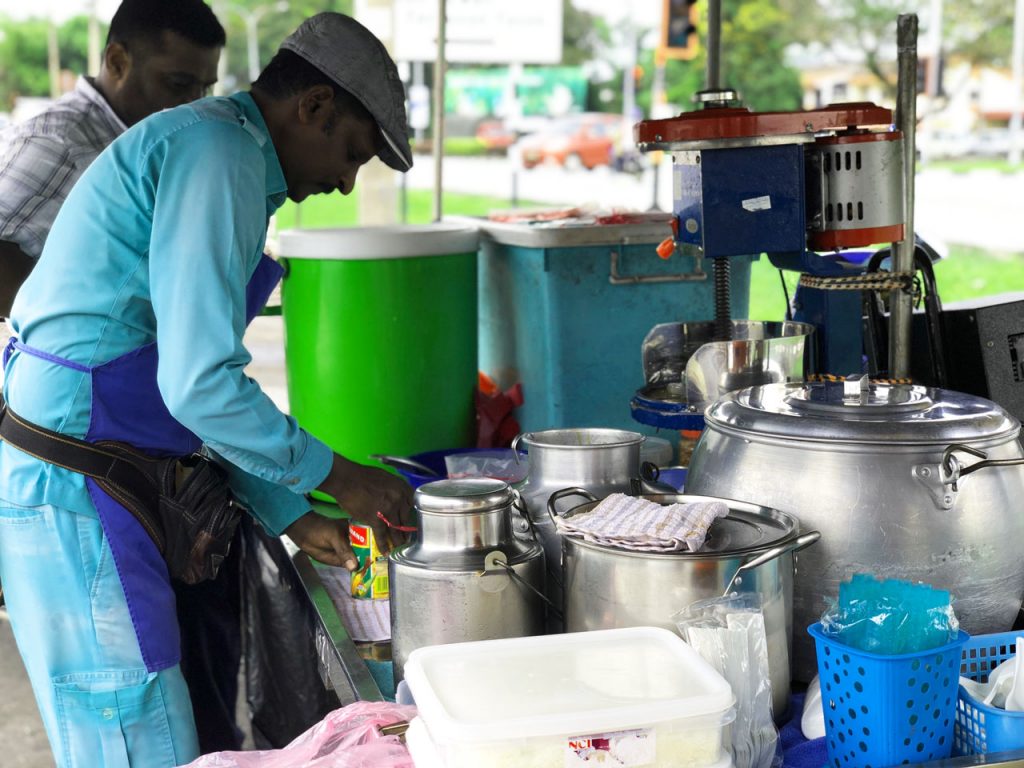
At no point does he dawdle, hesitate, or even stop to think about what he’s doing. Why would he, when chendol is the one thing he’s been making for the past 19 years?
When I ask if he’s ever considered expanding his business or doing something else, he laughs and shakes his head.
“I only know chendol. I only like chendol. I only make chendol.”
That’s when it hits me.
Malaysian food is superior to Singapore’s because our hawkers are simply too diversified.
In Singapore, it’s seldom you find a store that sells only one type of mee pok, one type of laksa, or one type of ban mian without the various different iterations or add ons.
Malaysian (street food) hawkers, however, focus on doing just one thing right. So whether it’s spending 16 years just cooking the perfect plate of carrot cake, the smoothest tau huey with ginger syrup, or the tastiest bowl of penang assam laksa, they do that.
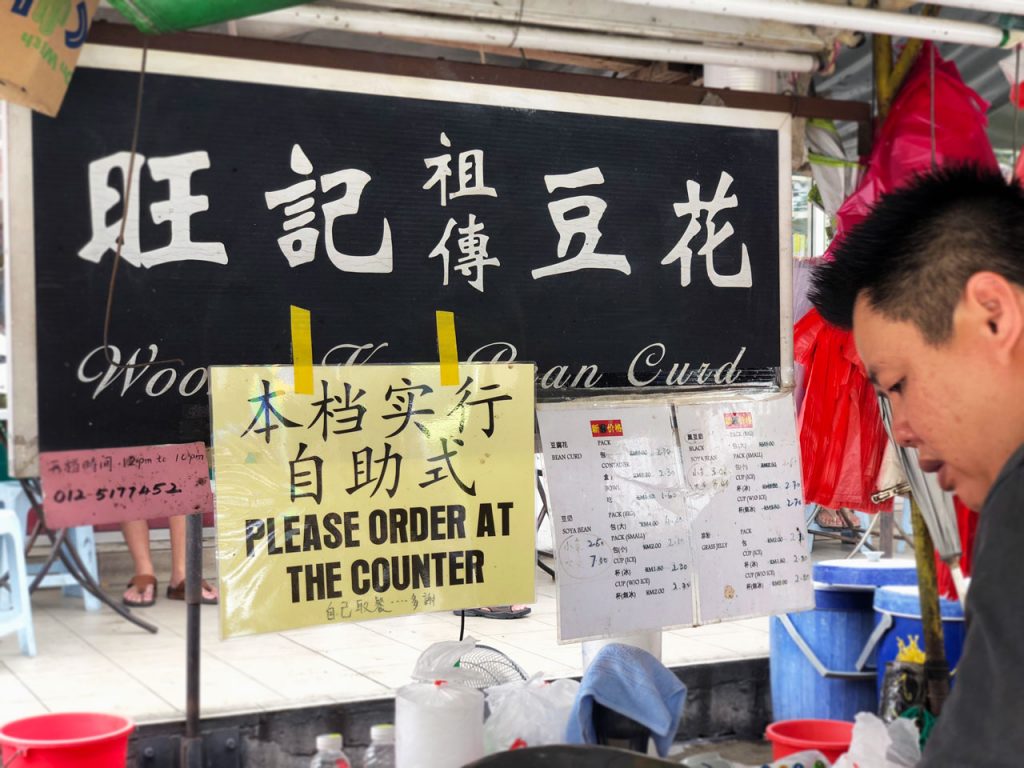
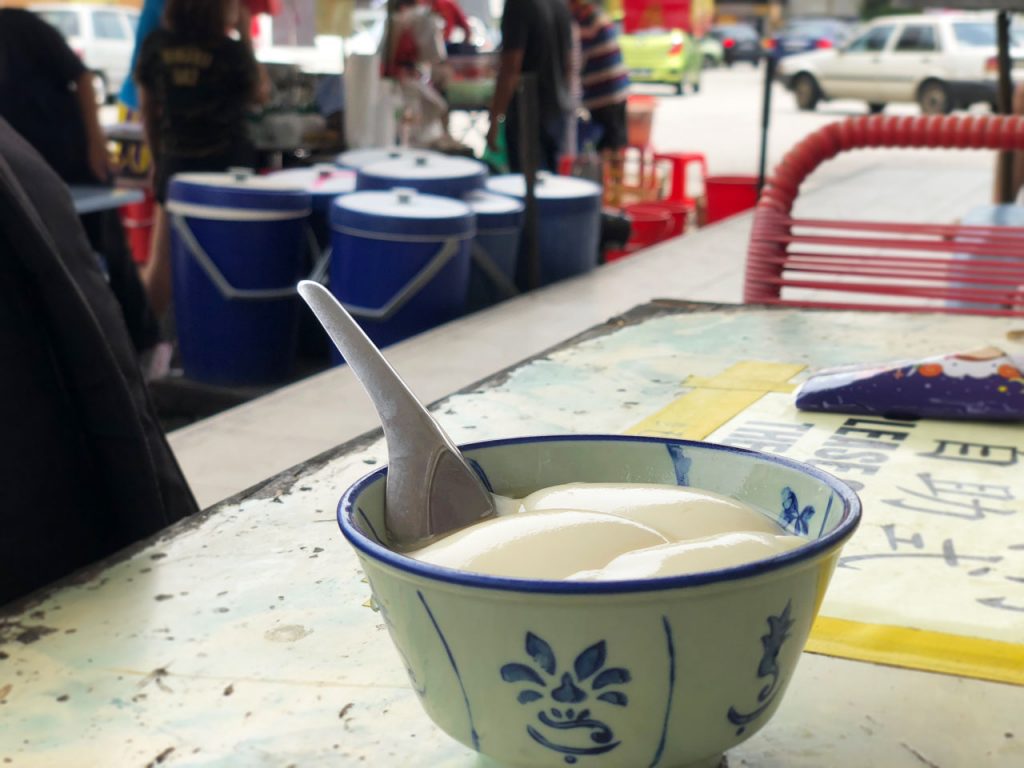


Still, wedged between a weekend full of good food and a long flight home, it hit the spot.

